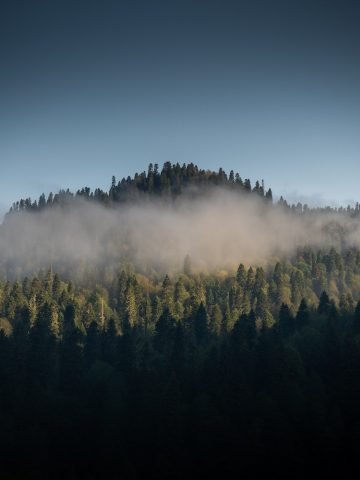In defense of the climate: Last call to save the planet

Celebrate Doodle Day and help support people with epilepsy
September 17, 2021
Why do we learn better on paper? [Infographic]
September 29, 2021
The recent wildfires in Turkey and Greece and across the West Coast of the USA, together with the devastating flash flooding in China, Japan, and across Germany, in Belgium and Austria, have highlighted that no country is safe from the devastating effects of the climate crisis.
Long felt by developing countries, it is now being felt in the Western countries that have been its chief architects.
As a result, climate change is no longer a distant concept or an academic discussion. It impacts our lives on a daily basis all across the planet.
Extreme weather phenomena are becoming more frequent and intense. The concentration of greenhouse gases in the atmosphere, especially carbon dioxide (CO2), is recognized as the direct and most obvious cause of this growing climate catastrophe.
The projected increase in the average global temperature by the end of this century is now more than three degrees Celsius.
This casts a sense of urgency on all of humanity.
In our quest for sustainability, we have a natural and often-underestimated ally: the forests. Over the last quarter-century, they have sequestered, through photosynthesis, the equivalent of between 20% and 30% of the total annual CO2 emissions that have entered the atmosphere from human causes. More than ever, this makes sustainable forest management a global priority.
PHOTOSYNTHESIS IS VITAL FOR LIFE
Photosynthesis is the key process for tree life – and also for climate change mitigation. To live and grow, trees produce their own food using water and solar energy, and carbon dioxide (CO2), which they capture from the atmosphere. This process results in the production of oxygen (O2).
In other words, photosynthesis fixes carbon and releases oxygen. Given the eucalyptus tree’s greater capacity to produce oxygen, 20 trees of this species are enough to release the oxygen consumed by one adult for a year.
1. The largest CO2 sink
The forests of the world annually sequester 4.3 billion tons of carbon (about 40% of fossil emissions and deforestation) through photosynthesis, making them the main natural CO2 sink capable of reducing the presence of this greenhouse gas in the atmosphere. In Portugal, the forests – and especially those of higher productivity – are responsible for removing from the atmosphere an important part of national CO2 emissions: about 8 million tons (approximately 10% of annual emissions).
2. Large carbon storehouse
On a global scale, forests store approximately 650 billion tons of carbon, about 80% of the amount of carbon in the entire atmosphere. In Europe, where forests have grown the most in area in recent years, 80 billion tons of carbon are stored. This is three billion tons more than in 1990. Increasing the rate of carbon sequestration requires us to increase the productivity of existing forests as well as planting more forests.
3. Paper also holds carbon
Carbon sequestered by forests is mostly stored in the form of wood and wood-based products, such as paper, in a process that is extended over time through recycling. It is estimated that one ton of paper retains the equivalent of 1.3 tons of CO2.
4. A sustainable future
The growing demand for wood and wood-based products, especially paper, has stimulated the growth of forest coverage and the increase of forest productivity worldwide. In Portugal, the forest managed to supply the paper industry is responsible for capturing more than four million tons of carbon annually.
In this way, the industry counteracts the deforestation that is still occurring, mainly in the tropics, and helps to mitigate climate change caused by CO2 emissions. These “Planted Forests” with professional and sustainable forest management are, therefore, important carbon reservoirs – both because of the carbon fixed by trees and because of the accumulation of organic matter in the soil.
Want to know more?
Hear about sustainable forest management from the people working in the sector.
Discover how high-tech digital tools are aiding the sustainable management of our forests.
Find out about the carbon footprint of paper.
Or learn more about how business is responding to the climate crisis and watch an explanation of the circular economy of paper.



